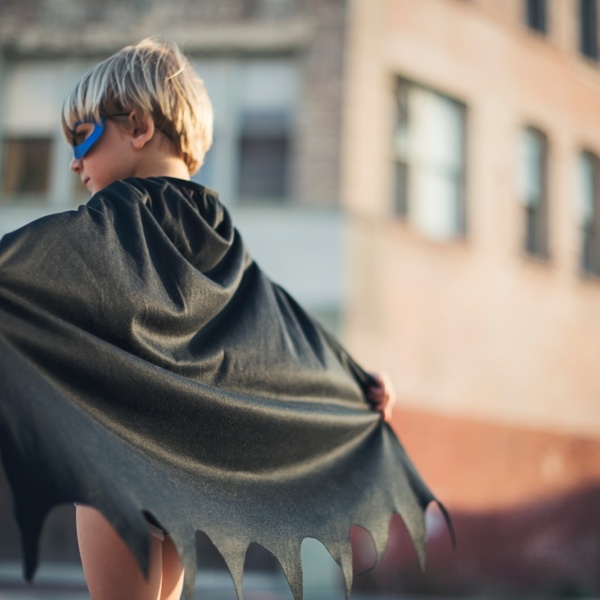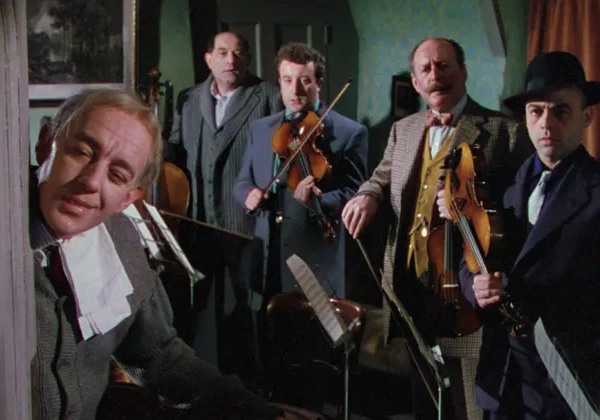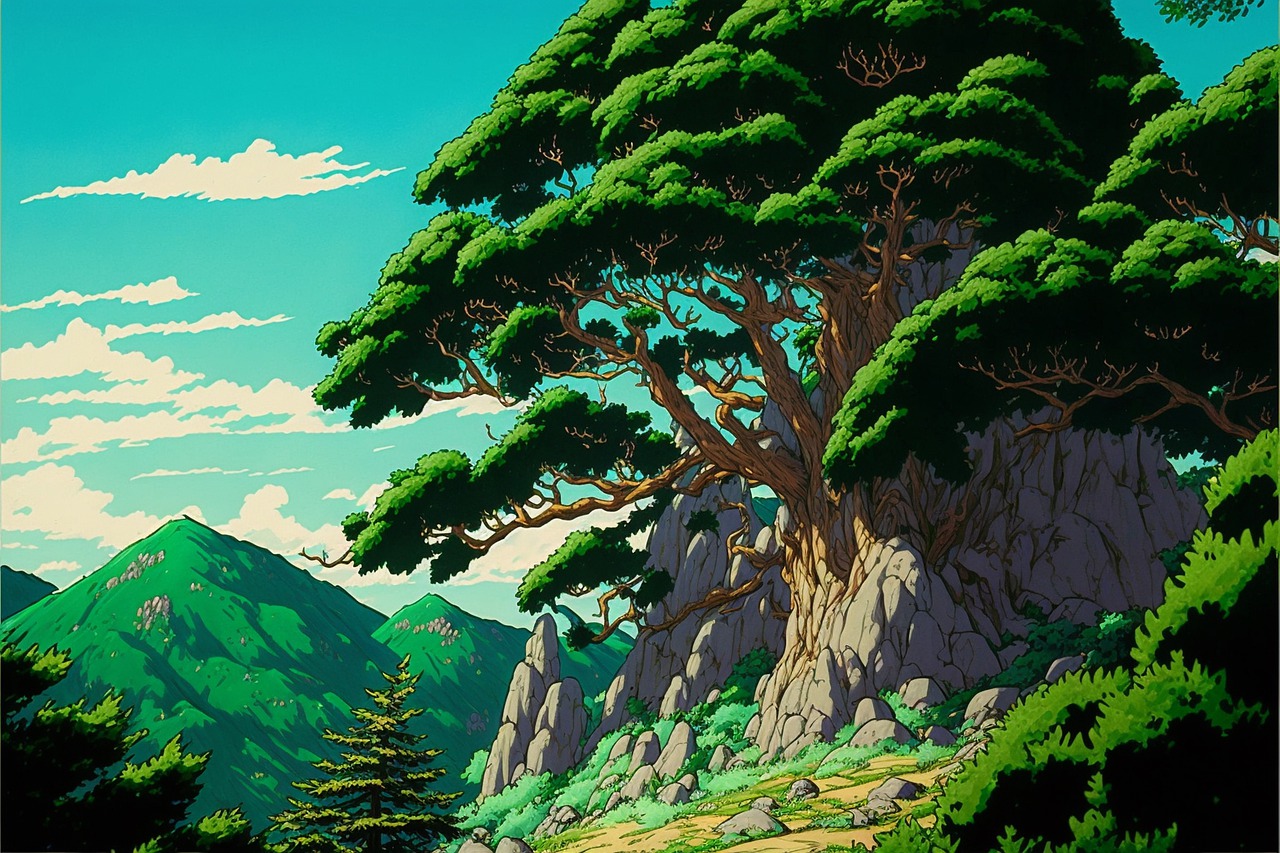
Greetings, dear readers and fellow lovers of cinematic wonder! Emma here, your devoted guide through the magical realms of film, and today, we embark on a journey through the enchanting world of Studio Ghibli. With a sprinkle of humor and a dash of reverence, we’ll dive into the timeless creations of the legendary Hayao Miyazaki. So, grab your Totoro plushies and join me for a retrospective that celebrates the artistry, depth, and humanity of Studio Ghibli’s masterpieces.
The Genesis of Studio Ghibli
Before we dive into the enchanting worlds of Miyazaki, let’s take a quick look at the birth of Studio Ghibli. Founded in 1985 by Hayao Miyazaki, Isao Takahata, and producer Toshio Suzuki, the studio has become synonymous with unparalleled artistry and storytelling.
Example: “Nausicaä of the Valley of the Wind,” released in 1984 before the official founding of Studio Ghibli, marked the studio’s early foray into the world of animation.
Hayao Miyazaki: The Creative Force
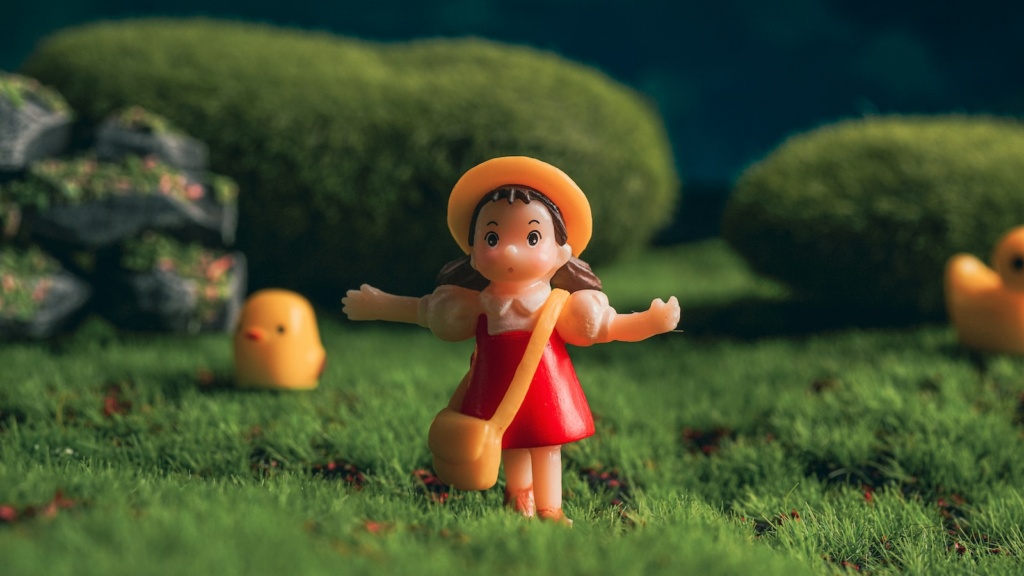
At the heart of Studio Ghibli’s success is the creative genius of Hayao Miyazaki. His distinctive storytelling style, rich character development, and profound themes have left an indelible mark on the world of animation.
Example: “My Neighbor Totoro” (1988) is a heartwarming tale that captures the innocence and wonder of childhood, featuring the iconic, lovable forest spirit, Totoro.
Example: “Spirited Away” (2001) is a masterpiece of coming-of-age storytelling set in a fantastical bathhouse for spirits, which won the Academy Award for Best Animated Feature.
Ghibli’s Visual Poetry
One cannot discuss Studio Ghibli without acknowledging its breathtaking visual craftsmanship. The studio’s commitment to hand-drawn animation and attention to detail have set a standard for the industry.
Example: The ethereal underwater scenes in “Ponyo” (2008) showcase Ghibli’s mastery of visual storytelling, as the sea comes alive with vibrant colors and mesmerizing creatures.
Example: The lush, painterly landscapes of “Princess Mononoke” (1997) transport viewers to a mystical, ancient Japan inhabited by both humans and forest spirits.
Feminism and Strong Heroines
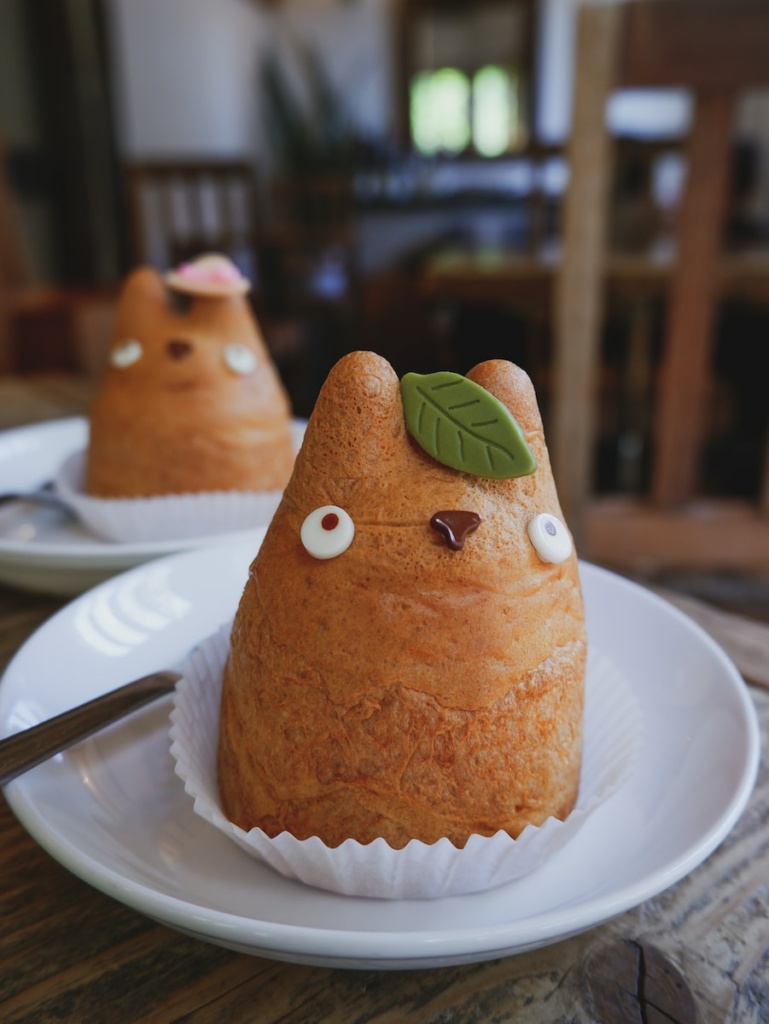
Miyazaki’s films are known for their strong, multifaceted female characters who defy stereotypes and break boundaries.
Example: In “Kiki’s Delivery Service” (1989), young witch Kiki embarks on a journey of self-discovery and independence, accompanied by her trusty broomstick and her sassy black cat, Jiji.
Example: “Howl’s Moving Castle” (2004) features Sophie, a young woman who undergoes a transformative journey and discovers the power within herself.
Environmentalism and Nature
Nature and the environment are recurring themes in Studio Ghibli’s films, reflecting Miyazaki’s deep concern for the natural world.
Example: “Nausicaä of the Valley of the Wind” (1984) tells the story of a princess who seeks to protect a post-apocalyptic world overrun by giant insects.
Example: “The Wind Rises” (2013) portrays the life of Jiro Horikoshi, the designer of the Mitsubishi A6M Zero fighter plane, against the backdrop of pre-World War II Japan.
The Complex Morality of Villains
Ghibli villains are seldom one-dimensional. Miyazaki’s films often explore the complexities of human nature and challenge the notion of absolute good and evil.
Example: Lady Eboshi in “Princess Mononoke” is a complex character whose actions are driven by her vision of progress, even as they clash with the natural world.
Example: “Spirited Away” features Yubaba, the imposing bathhouse owner, who possesses both malevolent and redeeming qualities.
Cultural Richness and Japanese Folklore
Miyazaki’s films are steeped in Japanese culture, folklore, and tradition. They offer viewers a window into the country’s history and mythology.
Example: “Spirited Away” draws inspiration from various Japanese spirits, gods, and creatures, creating a rich tapestry of folklore.
Example: “The Tale of the Princess Kaguya” (2013), produced by Studio Ghibli and directed by Isao Takahata, is based on the ancient Japanese folktale “The Tale of the Bamboo Cutter.”
A Ghibli Legacy
As Studio Ghibli has evolved, it has continued to produce awe-inspiring films under the direction of Hayao Miyazaki and other talented filmmakers.
Example: “The Red Turtle” (2016), co-produced with European partners, tells a minimalistic yet emotionally resonant story of a man stranded on a deserted island.
Example: “Earwig and the Witch” (2020) marks Ghibli’s first foray into 3D CGI animation, proving that the studio remains committed to pushing artistic boundaries.
The Future of Studio Ghibli
With Hayao Miyazaki’s return from retirement, fans can eagerly anticipate new Ghibli films that promise to captivate and inspire future generations.
Example: “How Do You Live?” is an upcoming Ghibli film based on the classic Japanese novel by Yoshino Genzaburo, and it holds the promise of exploring themes of morality, humanity, and the meaning of life.
In Conclusion: A Tale of Magic and Heart
Studio Ghibli’s legacy is one of magic, heart, and unyielding creativity. Hayao Miyazaki’s work has not only enchanted audiences of all ages but also left an indelible mark on the world of animation.
So, dear readers, as we bid farewell to our retrospective journey through the enchanting worlds of Studio Ghibli, may you continue to find inspiration, wonder, and a touch of magic in the art of cinema.
Until our next cinematic adventure, “Sayonara!”

